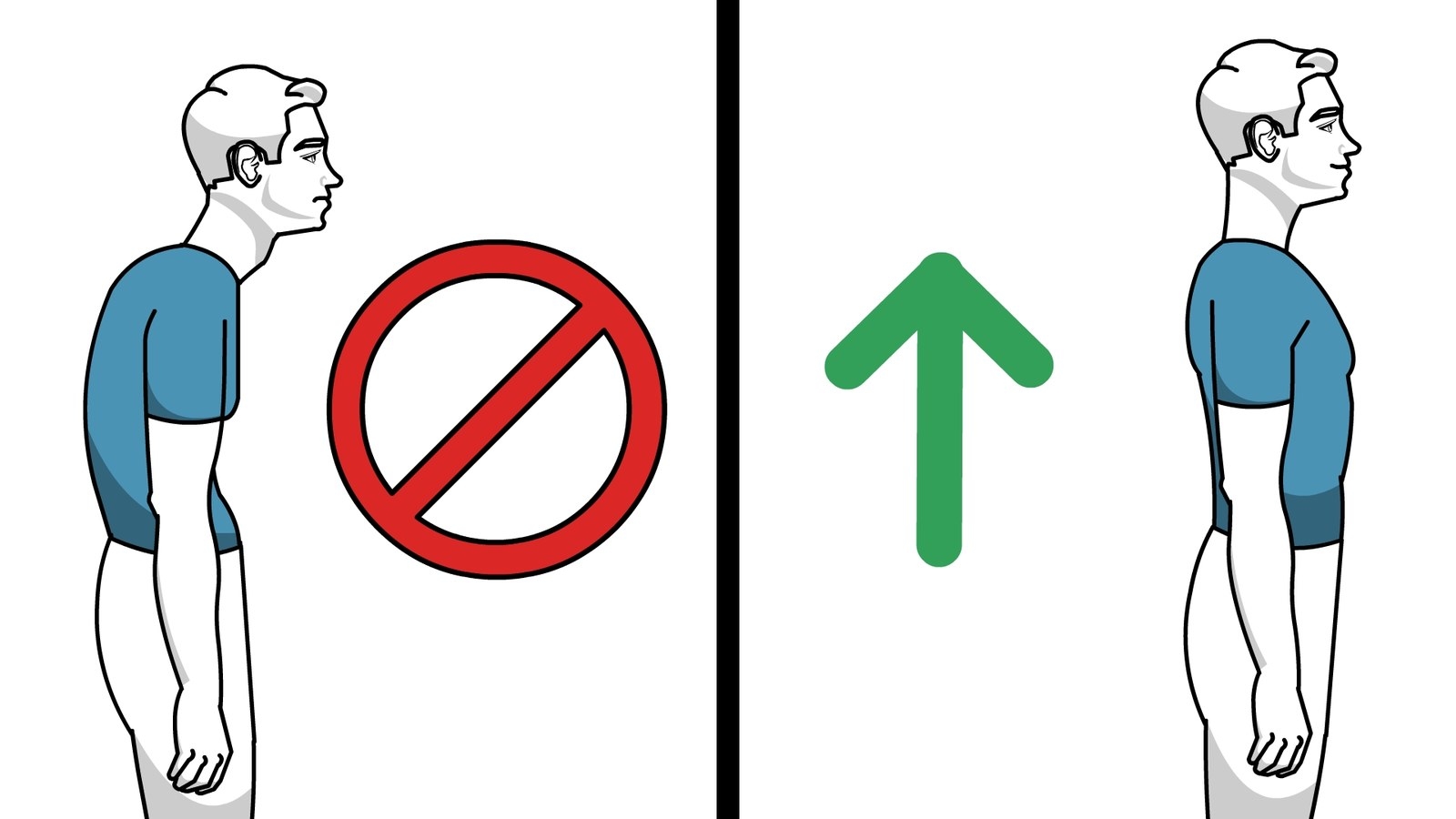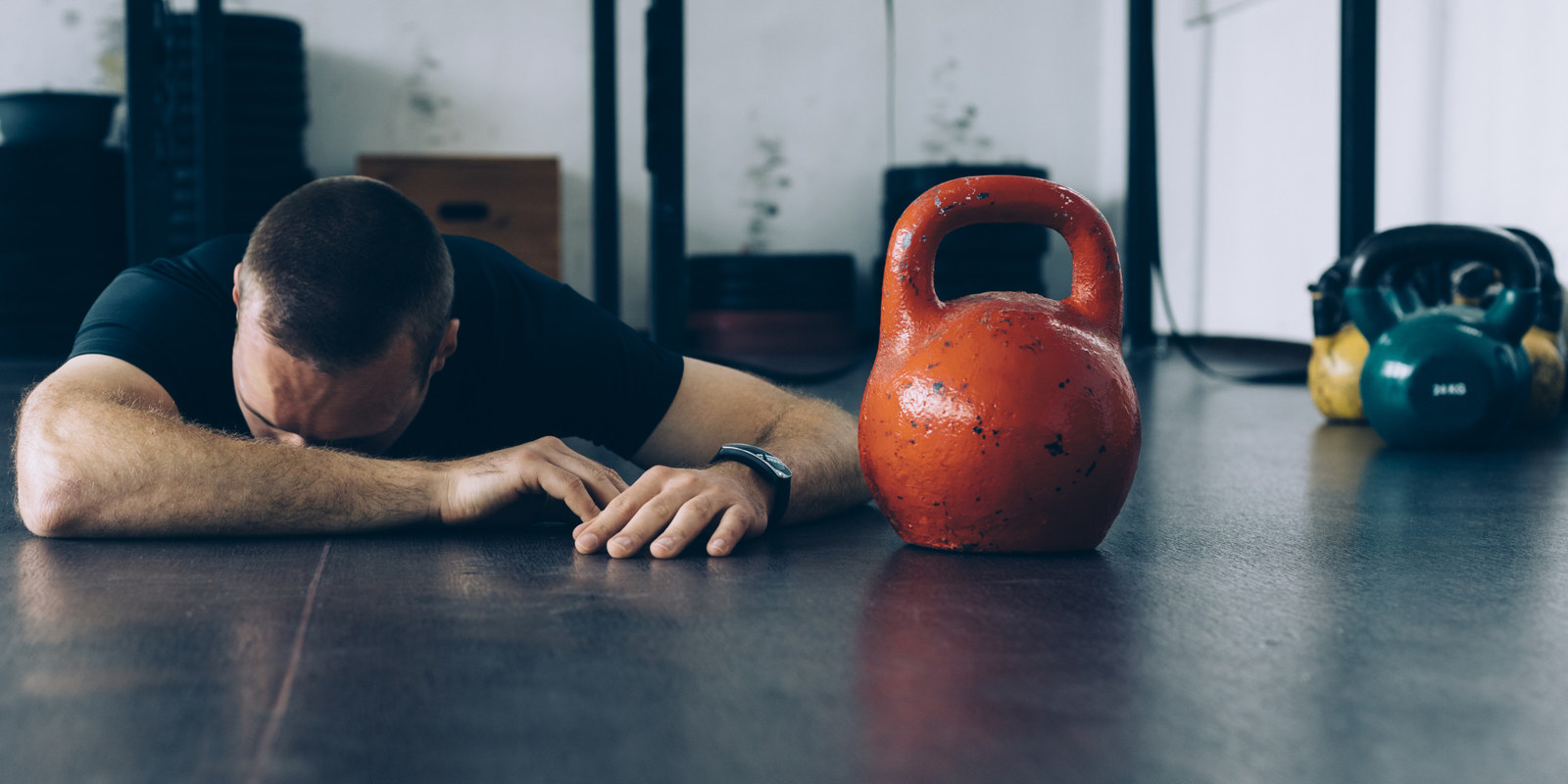
Functional training is having a moment in the fitness industry right now. The group led workouts, that combine a range of movements and strength training, have become the big trend for 2018. With jargon like “AMRAP” (as many reps as possible) and “WOD” (workout of the day) becoming part of daily vocabulary. But there is more to this style of workout than just flipping tyres and throwing barbells around. Functional training can aid good posture, improve flexibility and prevent injury. Here’s how:
Improves Posture
Desk led lifestyles are leaving the population with poor posture, something we don’t even realize. Hunching over at computer screens all day creates rounded shoulders or ‘Kyphosis’, making us look constantly slouched. Leading to back pain later, if left unresolved.
Functional training features a lot of emphasis on training the back and rear deltoids, which pulls the body line back to the center. It is one of the most notable and visual benefits to the workout. People stand taller and straighter, making the body appear more muscular. Giving an all-around healthier appearance.

Training Movements, Not Muscles
Most functional programs adopt the “push, pull” methodology. Meaning the moves are based around pulling or pushing either your bodyweight, or free weights. Using this form of training engages the whole body, allowing you to see progress faster. This is particularly beneficial to new gym goers, who can see rapid results when they first start working out.
The focus on training movements rather than muscles, allows the benefits to be seen out with the gym as well. Squatting, pushing and pulling are part of daily life, so practicing these allows you to become stronger, as well as more coordinated.

Reduces Injury Risk
Classic gym programs involve isolating muscle groups and using machines to target a specific area. Functional workouts oppose this, instead encourage full range of motion which optimize joint health and proper muscular development.
Traditional strength training is measured by how much weight you can lift, which is often competitive and can easily lead to injuries. Functional training favours form over weight, and the goal is to become proficient in skills such as deadlift, snatch and the clean and press. Performing them safely first and increasing weight over time.

Lifestyle Changes
The class format to these workouts is filled with a community spirit, making it a great way to meet new people and motivate each other. During most workouts, people don’t speak two words to each other. But functional fitness is all about supporting one and other, ‘spotting’ people struggling with heavy lifts and providing support with technique.

It may be a hot trend for 2018, but functional training is here to stay. More people are gravitating toward the workout for its feel-good factor, health benefits and community. In an era where ‘health is wealth’, it’s time to jump on the bandwagon and see what the classes have to offer. There is nothing to lose!
